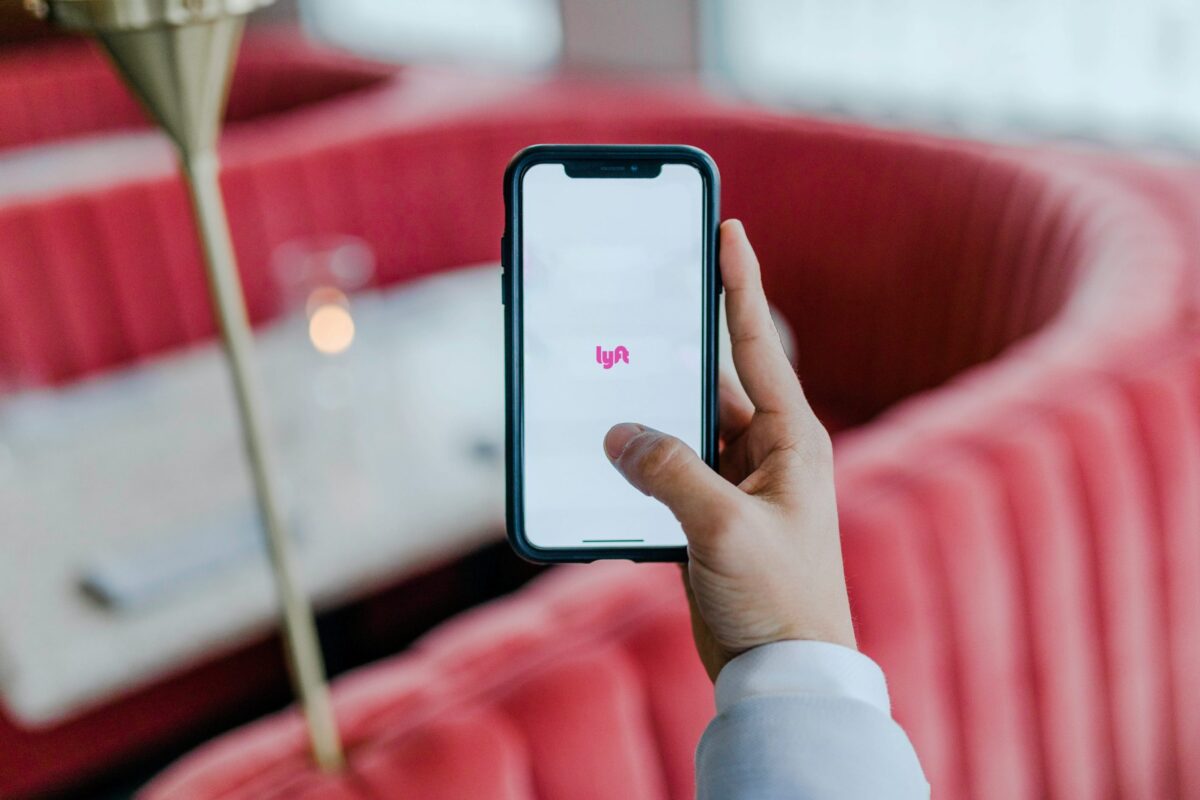
C-Suite Network Chairman and Co-Founder, Jeffrey Hayzlett, kicked off the program.
I had the tremendous honor to attend the C-Suite Network Advisor Summit and Conference in Dallas, Texas on May 22 and 23. I accepted the invitation to become a C-Suite Network Advisor after the December 2016 meeting held in New York, New York where the program was unveiled. So, this was my first opportunity to attend an official C-Suite Network event. I have talked about this unique experience incessantly since leaving. It is unbelievable how timely the content was and how beneficial it is to share some of the gems I took away with clients and friends.
C-Suite Network Chairman and Co-Founder, Jeffery Hayzlett kicked off the C-Suite Network Advisor Summit on May 22 with a rousing introduction. To put things in perspective, he reminded us of the fact there are over 28 million businesses in North America and that our target is businesses with revenues of $5 Million or more. Within this target, we are interested in small business owners, senior level executives (typically with the title of VP and above) and any of the 30 CxO roles (CEO, CFO, COO, etc.).
The C-Suite Network was started because there was nothing that provided what Jeffrey and his co-founders wanted for themselves. Therefore, inside the C-Suite Network there are 4 C’s they deliver which we should remember when explaining the unique value proposition of this network:
• Community: vetted network of peers.
• Content: curated content uniquely tailored for this elite group of leaders.
• Conferences: opportunities for private networking with executives from different communities to share perspectives and gain new insights.
• Concierge: services to support this elite group of leaders.
Jeffrey Hayzlett reminded us that the same services designed to support the C-Level executive’s members are available to the network of Advisors. I found this review and reminder extremely helpful.
C-Suite Network Advisor, Lou Diamond explained his C-Suite TV experience during the Summit and later signed copies of his book at the Author signing session.
I was encouraged to hear about the power C-Suite TV and the C-Suite Book club are having for those with content on those channels. The story Lou Diamond and Diane DiResta told about people recognizing them from across the country and the reaction to being in the elevator with someone while your content is being displayed is priceless. The distribution reaches over one million high end hotels and the top 50 airports across the U.S. and growing! More that 80 million people are viewing the C-Suite TV content every month! This is more motivation for me to do what it takes to get my content on both of these channels.
C-Suite Network Advisor, Diane DiResta explained her C-Suite TV experience during the Summit and later signed copies of her book at the Author signing session.
We had a couple of table exercises to share best processes we follow in our daily work and exchange tools we find most helpful. This was a very useful part of the Summit and we all walked away with something new to try, validation for something we were already using or a new way to leverage an existing tool in ways we were not doing before.
One of my biggest takeaways from this conference is the definition of “expert” and how to position my expertise. I had my own definition and understanding of what an expert is. The panel discussion on this topic stressed that we all are in the room as C-Suite Network Advisors because we are Experts! Steve Gallegos, whose career includes experience as a Board-Certified Trial Lawyer in California, amplified the reason each Advisor is an expert. He explained: “the courts were very clear that there is no “set standard” for someone to serve as an expert. A person can be deemed an expert if they can establish sufficient training, research or study in the particular field of expertise. How much training, the quality and/or the quantity goes to how much credibility the expert is to be given, but that is a subjective standard.” That was a very nice point of reference to use and further reason for confidence in each of our ability to be viewed as experts.
The day ended with marketing strategy, Advisor updates and action items incumbent upon all of us to take. It was an extraordinary day of community and content at an amazing summit of elite advisors!
C-Suite Network Advisors (L-R) Sheila Moore Anderson and Eddie Turner along with C-Suite Network General Manager, Lindsey Hayzlett and C-Suite Radio Headliner Connie Pheiff, pose for a photo during the C-Suite Network Advisor Summit.
May 23, 2017 was the actual C-Suite Network Conference where the 4C’s of the network were personified. I truly got to see first-hand just how special this group really is and I value my membership all the more.
The content of the conference centered around market needs for the C-Level leader.
Highlights:
• To Franchise or Not to Franchise? Advantages and disadvantages were discussed by C-Suite leaders for C-Suite leaders.
• Direct selling was the original gig economy! A panel discussed why direct selling is still relevant and the most effective ways of utilizing this model in the 21st century economy.
• The Power of Social! Facebook Messenger, What’s App and We Chat are messenger services. These 3 are out-performing the top 4 social media platforms COMBINED! Messaging applications is where it is at now. 80 billion messages per day are sent inside these cl
osed systems.
• The Digital Revolution: Many companies realize “software has eaten the world” and therefore they MUST be software companies. Domino’s Pizza does not call itself a pizza company any more—they say they are a software company that sells pizzas’. More business need to understand and act on this premise.
We discussed the power of media and its changing landscape and new ways to reach audiences like the new C-Suite Network partnership with ReachMe TV. Along with table exercises where we brainstormed best practices and exchanged ideas we also learned about effective methods for networking and interacting with C-Suite Leaders.
I left my first C-Suite Network conference with a deep sense of appreciation, a stronger allegiance to the mission and vision of being a member of “the worlds most trusted network for C-Suite Leaders and a renewed sense of zeal for the unique value I bring. This is a unique group that delivered a unique experience and I can’t wait for the next one!
C-Suite Network CEO and Co-Founder, Thomas White led a panel discussion on networking.
Eddie Turner is a C-Suite Network Advisor ™ and a change agent who has worked for several of the world’s “most admired companies.” Eddie is a professional speaker who has appeared on CNN LIVE and spoken internationally. He is certified as an executive coach, trainer and facilitator. He is a member of the Forbes® Coaches Council, a global workshop and program facilitator for the Association for Talent Development and for Harvard Business School Publishing. He has studied at Harvard and Northwestern Universities. Eddie “works with leaders to accelerate performance and drive impact!”™
Contact Eddie at (312) 287-9800 or eddie@eddieturnerllc.com





















